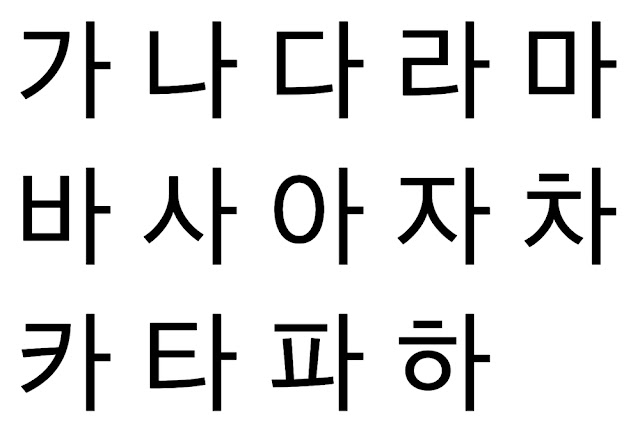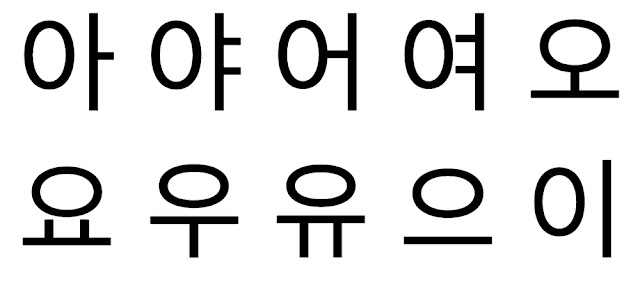Introduction to Korean Syllables
Korean syllables are formed by combining consonants and vowels into square blocks. This unique feature of Hangul makes it one of the most scientific and logical writing systems in the world. Each syllable typically consists of an initial consonant, a vowel, and sometimes a final consonant.
In this guide, we'll explore the basic syllable combinations that form the foundation of the Korean language, with clear animations to help you understand how each character is written.
Basic Consonant + Vowel Combinations
These foundational syllables combine a consonant with a vowel. They form the basis of Korean pronunciation and writing.
Tip for Basic Consonant-Vowel Combinations
When writing these syllables, the consonant is placed on the left side of the block, while the vowel ㅏ ("a") extends vertically on the right. This creates a balanced, square-shaped character that is distinctive to Hangul.
Y-Sound Vowel Combinations
These syllables combine consonants with y-sound vowels, creating softer, more fluid sounds in Korean pronunciation.
Tip for Y-Sound Combinations
Y-sound vowels in Korean are indicated by double strokes. These combinations create more melodic sounds and are essential for expressing many Korean words accurately.
Horizontal and Vertical Vowel Combinations
These syllables showcase different vowel orientations in Korean, with some extending horizontally and others vertically.
Tip for Vowel Orientations
Korean vowels come in different orientations: horizontal (ㅡ, ㅗ, ㅜ), vertical (ㅏ, ㅓ, ㅣ), and combination shapes. Understanding these patterns helps in mastering the writing system.
Memorize~
Please memorize the consonant-vowel combinations below by reading them repeatedly. They serve as a great foundation for learning Hangeul.


A Final Tip
Remember that Hangul was designed to be logical and scientific. King Sejong the Great created it to be accessible to all Koreans. With regular practice, you'll find that Korean writing becomes intuitive and enjoyable!